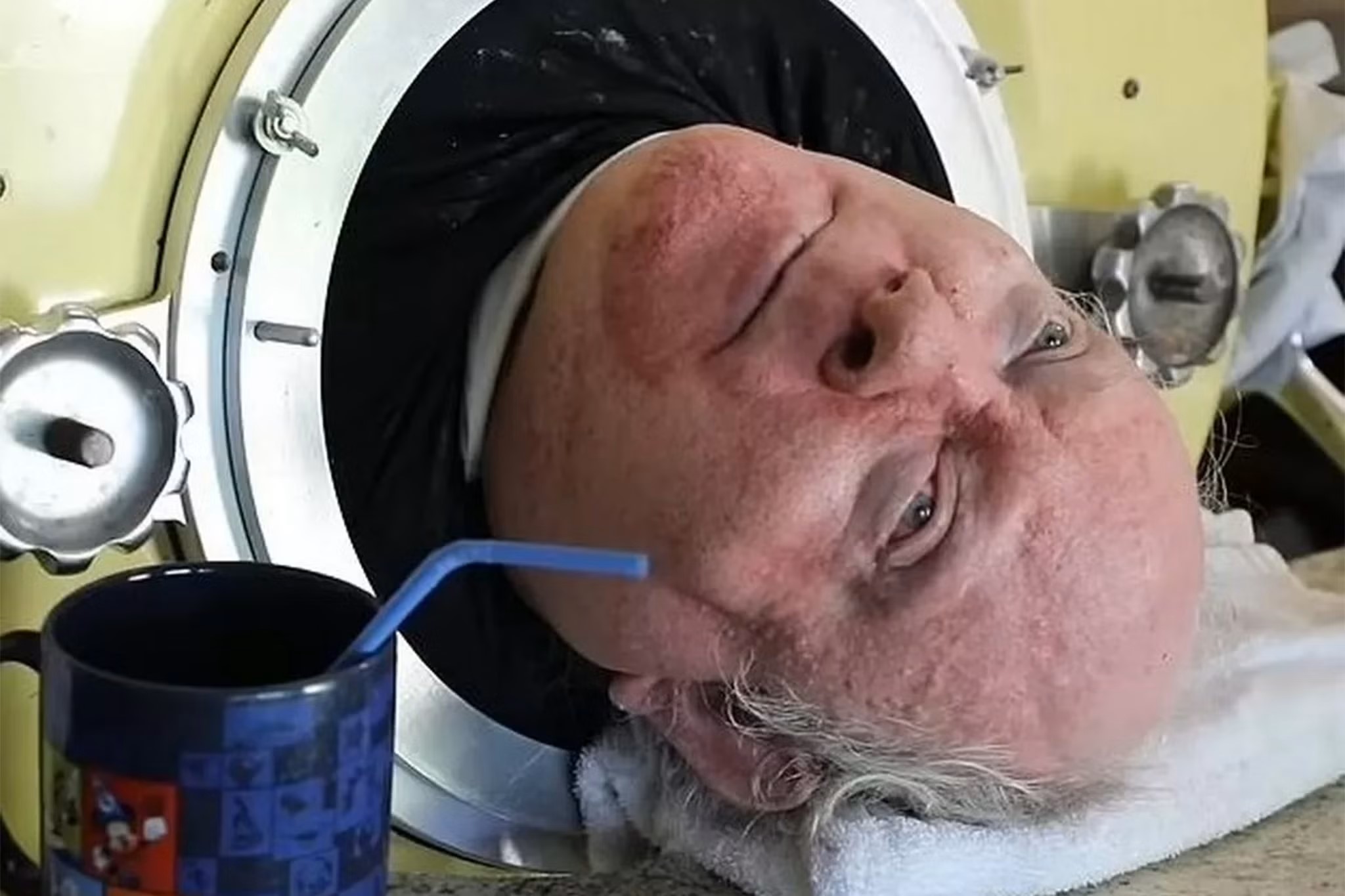He lived with an 'iron lung' for 70 years: Who is Paul Alexander?
'The Man in the Iron Lung' Paul Alexander died at the age of 78 after living in a cylinder tank for 70 years. Paul Alexander, commonly known as "Polio Paul", contracted polio in the summer of 1952 at the age of six and was left paralyzed from the neck down.

Alexander, who was hospitalized in Texas, woke up inside the metal cylinder where he would spend the rest of his life.
Alexander, like most polio survivors, was placed in iron lungs and was not expected to survive long.
But long after the polio vaccine was invented in the 1950s and the disease was completely eradicated in the Western world, Alexander continued to live in the cylinder.
Paul Richard Alexander (January 30, 1946 – March 11, 2024) was an American lawyer and paralytic polio survivor. The last man living in an iron lung, he contracted polio in 1952 at the age of six. Alexander earned a bachelor's degree and juris doctor at the University of Texas at Austin. He self-published a memoir in 2020.
He graduated from high school; He went to Southern Methodist University. He earned a law degree from the University of Texas at Austin in 1984. He was admitted to the bar two years later and practiced law for decades.
After learning to breathe on his own, Alexander could leave his iron lung for several hours a day and tap the keyboard using a plastic stick and a pen attached to it to communicate with people.
In this way, his life story, which he wrote by dictating to a friend and was said to have lasted eight years, was published.
Alexander entered the Guinness Book of Records as the person who lived in an iron lung for the longest time.
It has been reported that Alexander's condition has worsened in recent years, he has developed a persistent respiratory infection and has pain in his legs whenever he moves.
What is iron lung?
The iron lung machine, invented by Americans Philip Drinker and Louis Shaw in 1928, allows a person to breathe when muscle control is lost.
The device became famous for its use in the treatment of polio, which was widespread in the 1940s and 1950s.
The patient's head is placed inside an iron cylinder and the air pressure inside the cylinder is periodically changed by taking it out from one end through a rubber collar. In this way, the device inflates and deflates the patient's lung. When the pressure is low, the chest expands and air is drawn from the patient's mouth into the lungs. When the pressure is increased, the chest returns to its previous position, and air is pushed out.
With the invention of more modern respirators in the following years, the use of iron lungs almost completely ceased. Alexander was one of the last two users of the device in the United States.
Thanks to advances in medicine, the metal cylinder in which Alexander lived was replaced by ventilators in the 1960s. However, he continued to live in the cylinder, saying that he had gotten used to it.
